
Charlie’s Legacy
Let me tell you about Charlie. From the moment he was born, he was an old soul. Watching and learning from his big sister Emily and his big brother Tim, wanting to be with them always. They were the fam squad, and best of friends. Charlie held onto moms fingers far longer than he needed, and was her little buddy. He loved shopping in thrift stores and online for gear, shoes and built his own lightsaber. He made custom lacrosse heads and loved watching Bob Ross. He never stopped moving, whether it was tricks on scooters, mountain biking, running, basketball and his favorite lacrosse. Charlie loved getting a root beer after games with Dad and having a catch in the backyard. He may have slowed down after diagnosis, but he found new ways to love life in bird watching, protecting the earth, being near the woods, flower photography and music.
This is our story. Some of the words might be painful to hear. The thought of those words connected to a child, our child, your child, is gut wrenching. We wish you did not have to be in this place. We fully recognize not everyone has the same beliefs or feelings regarding the incredibly difficult issues which follow, and respect that others may make entirely different choices for their child. We also recognize that many families have the enormous burden of having to make impossible decisions on behalf of their child, while ours was old enough to participate in the decision making process.

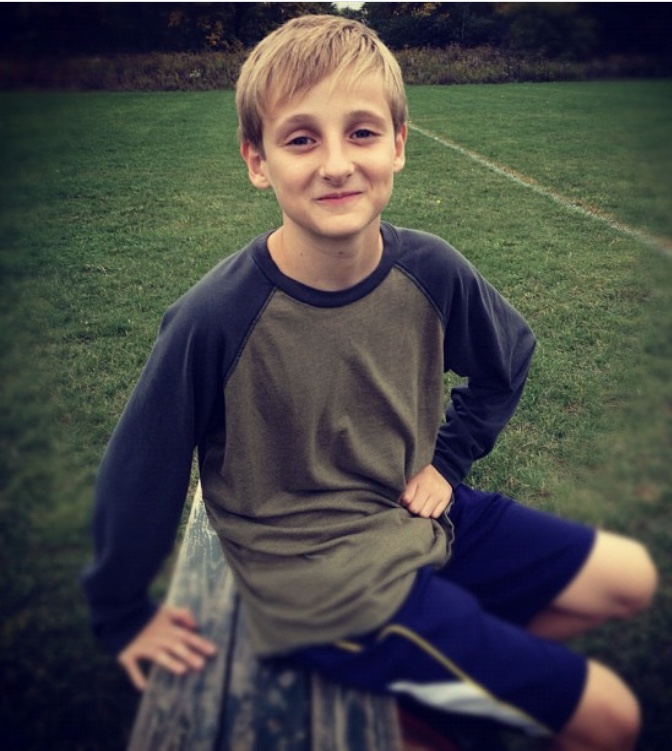
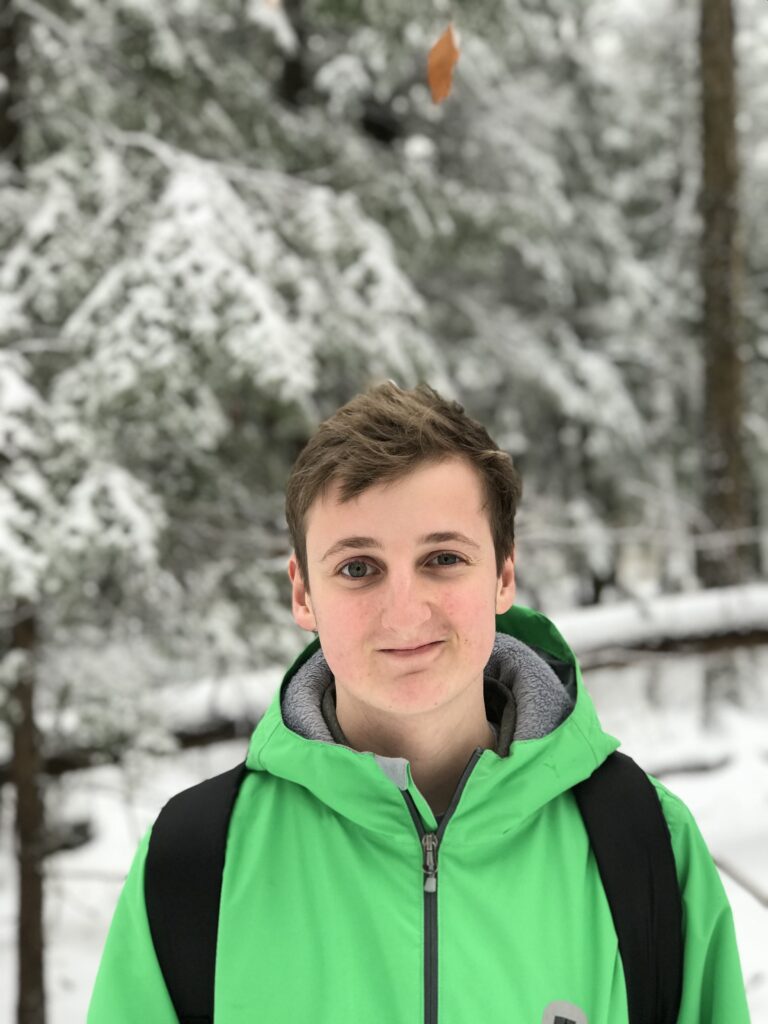
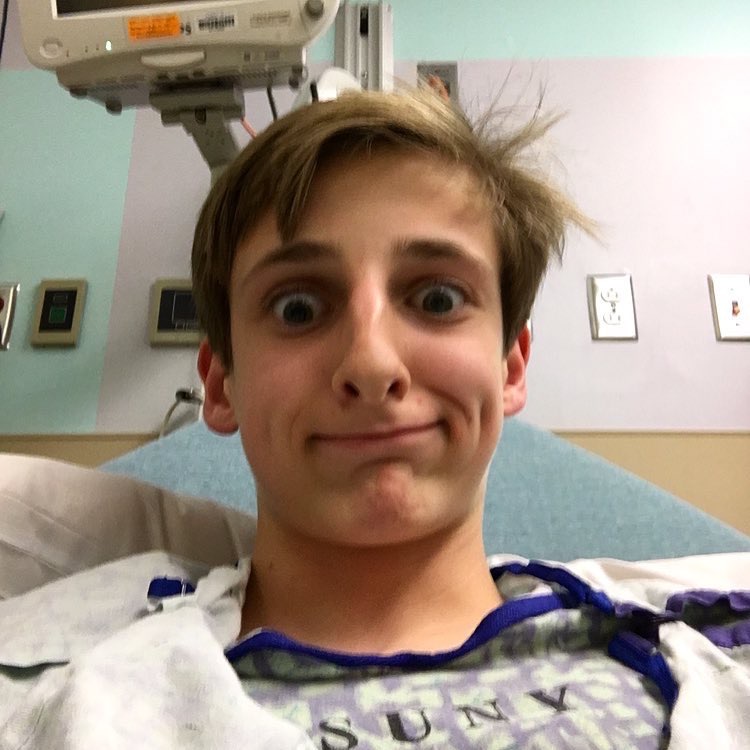
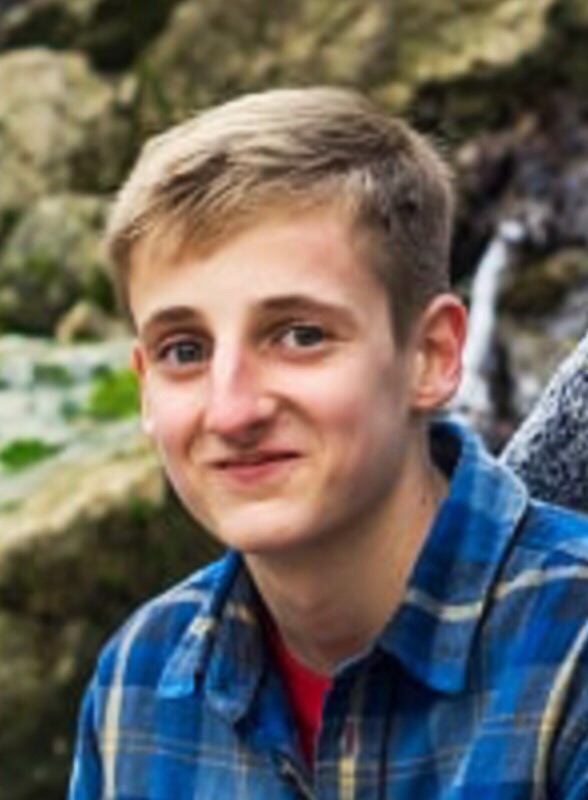
“I’ve lived my life, but what about that 4 year old? They deserve a chance to live.”
Charlie Poole
Our Donation Story
Charlie was diagnosed with a brain tumor called DIPG. From the beginning, he knew he would not survive this tumor, but always had hope for more time than was given at diagnosis. He wanted to be fully involved in his care and participate in all decisions on his treatment. He had radiation and then participated in several clinical trials, fully aware it was not likely to benefit him, but may help others. He said, “I’ve lived my life, but what about that 4 year old? They deserve a chance to live.” So it truly was at diagnosis that the idea of tumor donation began in Charlie.
Soon after diagnosis, Charlie was referred to palliative care services, with the emphasis on quality of life. After he had outlived his initial prognosis of a year, he started having questions for Dr. Irene Cherrick, his palliative care doctor. She gave us a booklet called Voicing My Choices, A Planning Guide for Adolescents & Young Adults. This booklet gave him a way to express his thoughts on how he wanted to be comforted, supported, treated and remembered. Charlie specifically checked the box requesting to participate in a research autopsy after he died. He attended the DIPG symposium in Cincinnati, and listened to neuro-oncologists and researchers from around the world describe the research being done, and heard time and again about the need for tissue samples.
Once he knew for sure the tumor was growing again (in progression) and he would be leaving the clinical trial, he brought up the subject of organ and tumor donation with his oncologist, Dr. Mariko DeWire. She very gently and compassionately explained the process and answered his questions, but then told him “let’s hope that we don’t need to talk about this again for a very long time.” She gave us knowledge to make informed decisions, eased our fears and gave us hope at a very difficult time. He went through reradiation and some other experimental treatments and compassionate use drugs.
While always holding onto hope for a future, Charlie fully understood that having DIPG meant he would die from the disease. He dealt with that knowledge by taking charge of end of life decisions and making his wishes clearly known. One day on the way home from our weekly hospital visits, he told me he wanted to be buried under a tree. Another time, he told me he did not want to be cremated because it uses too many fossil fuels, and “don’t even think about embalming me.” Nature and the environment were always so important to Charlie, and he wanted to leave as little impact as possible when he died. We researched green burials and cemeteries and found one an hour from our home. He wanted to visit, so on a clear January day we visited Greensprings Natural Cemetery in Ithaca, New York. The caretaker agreed to meet us, and gave Charlie a ride around in a 4 wheeler. It was so serene and peaceful, and at the end of our visit Charlie requested a selfie with Jennifer the caretaker. In the photo he has a huge smile, hugging Jennifer and giving a big thumbs up. I feel awe and wonder when I look at that photo. With so much out of his control, he decided to take charge of his life. I was just along as a witness. I promised him I would honor all his wishes and do my best to help research so that maybe DIPG would one day be something a child could LIVE with, not die from.

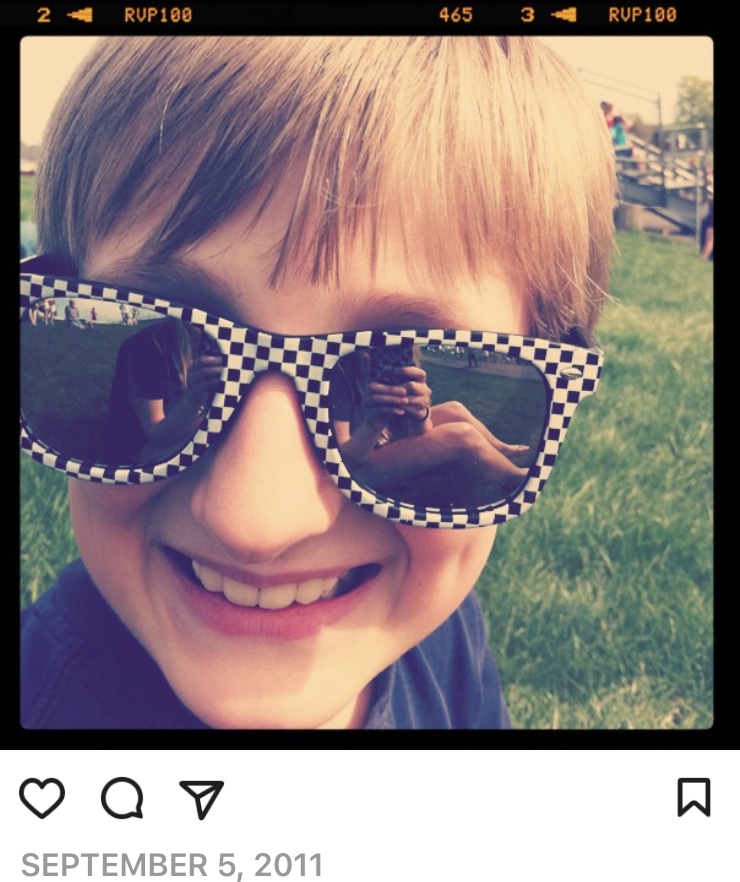
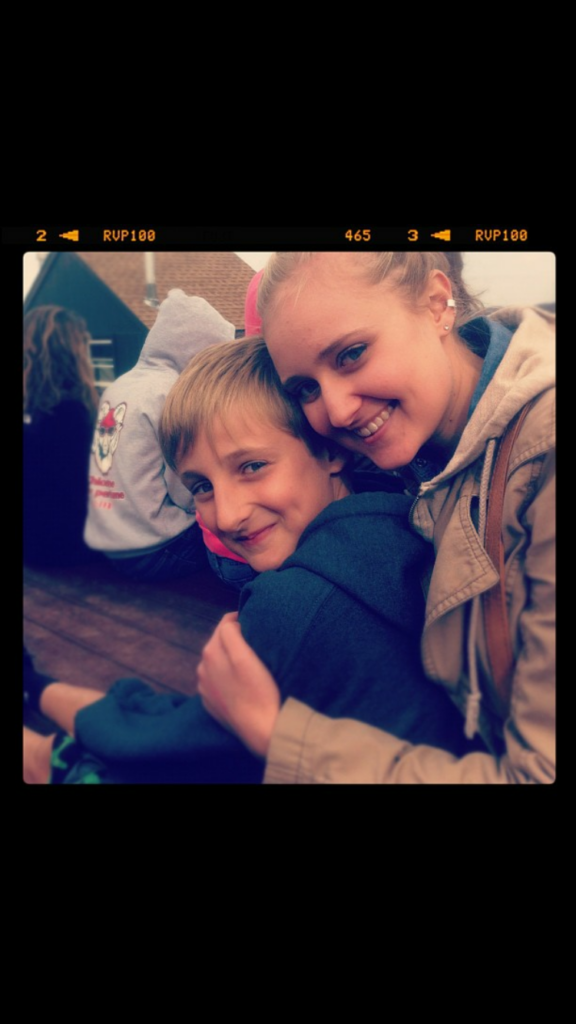
We shared Charlie’s wishes with Dr. Cherrick and his palliative care team, and they helped explore options we might have regarding tumor donation as well as green burial. I asked other parents who had been through it before we had about their experiences. I wasn’t ready at first to hear details, but after a bit I needed to hear more details, as I had questions. They assured me they would answer anything I asked. We then talked with Dr. DeWire and Dr. Monje and found a way we could honor all of his wishes. Charlie liked to keep life interesting! This was before the Gift From a Child program began, so we contacted Dr. Michelle Monje directly and inquired about the process.
She gently explained the process and answered all our questions:
- We needed to sign consent forms prior to Charlie’s death.
- When he died, the funeral director would come and get him. They would bring him to the funeral home and the pathologist would do an autopsy and remove the tissue.
- The tumor tissue would be put in a special box prepared in just the right way.
- Then a courier would bring the tumor tissue to the airport.
- The airlines would bring it to California where another courier from the lab would retrieve it.
- It would be brought to the lab and put directly in culture.
Our palliative care team then took over and coordinated with Dr. Monje, the funeral home, the pathologists and the cemetery. We recognize how lucky we were to have our palliative care team to function as a tissue navigator, and appreciate how much time Dr. Monje spent on the phone with everyone. Now with the Gift from a Child program and the navigators, researchers can spend more time doing the important job of research.
When Charlie died, we were able to spend as much time as we wanted with him at home. When we felt ready, Racherl, part of our wonderful palliative care team, called the funeral home, and they cared for him respectfully and treated us gently while they took him out. Dr. Monje kept us informed all along the way, and we felt relief when we were told the tumor had arrived safely in the lab at Stanford. Charlie had a natural burial 3 days later. Having an autopsy did not interfere with any aspect of his burial. The pathologist in Syracuse who assisted with the tumor retrieval called me and asked me about Charlie as a person, which meant so much. We also were able to donate the rest of Charlie’s brain to the DIPG registry in Cincinnati with the help of their incredible neuro-oncology team and Dr. DeWire. Now with GFAC whole brain and spine donations are the norm. During the entire process, we felt respected, supported and felt all the teams had the utmost respect for the gift they received from our child.
We visited Dr. Monje and her lab, learned about the important research being done and saw Charlie’s cells under a microscope. While we would not wish anyone to know this pain, we know far too many others do and are committed to help if we can. Connection with other families has been the biggest help in all of this. We feel some peace and light knowing Charlie is still making a difference and not forgotten. “



